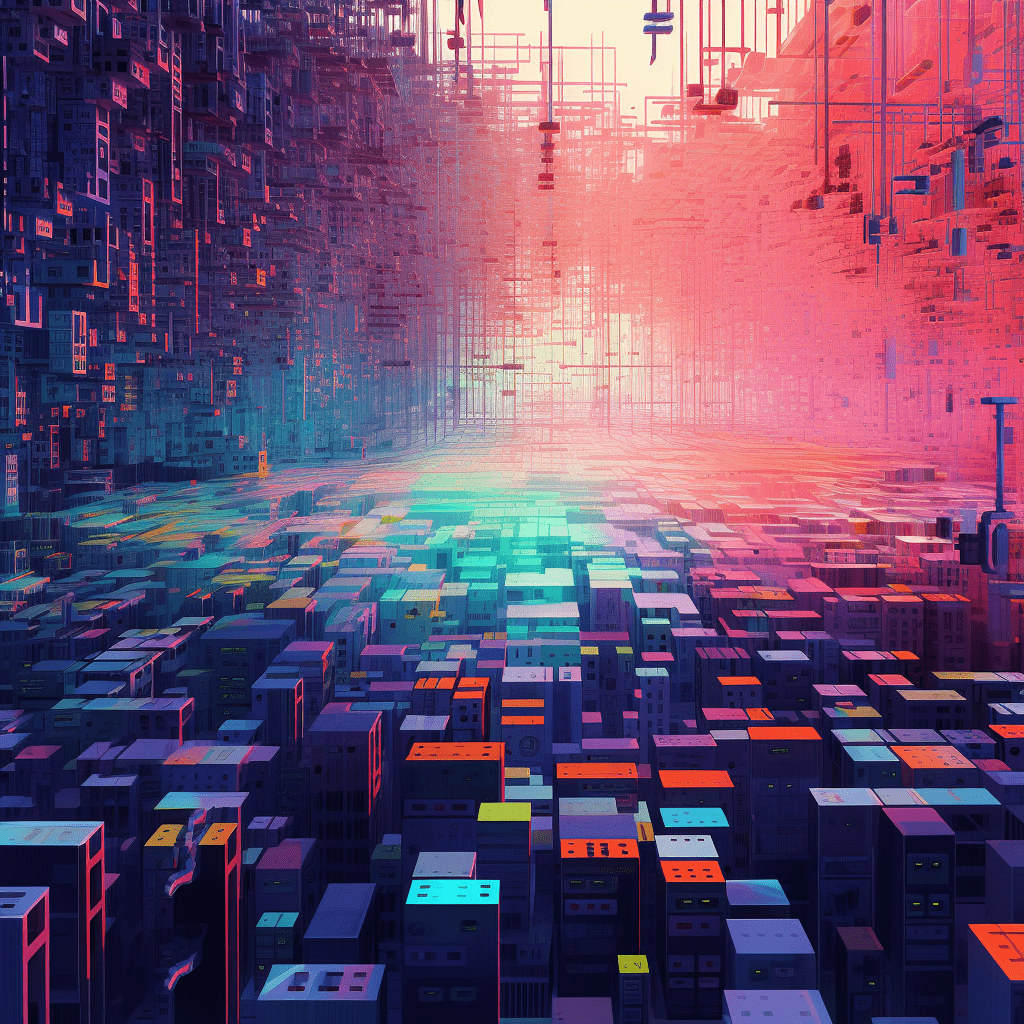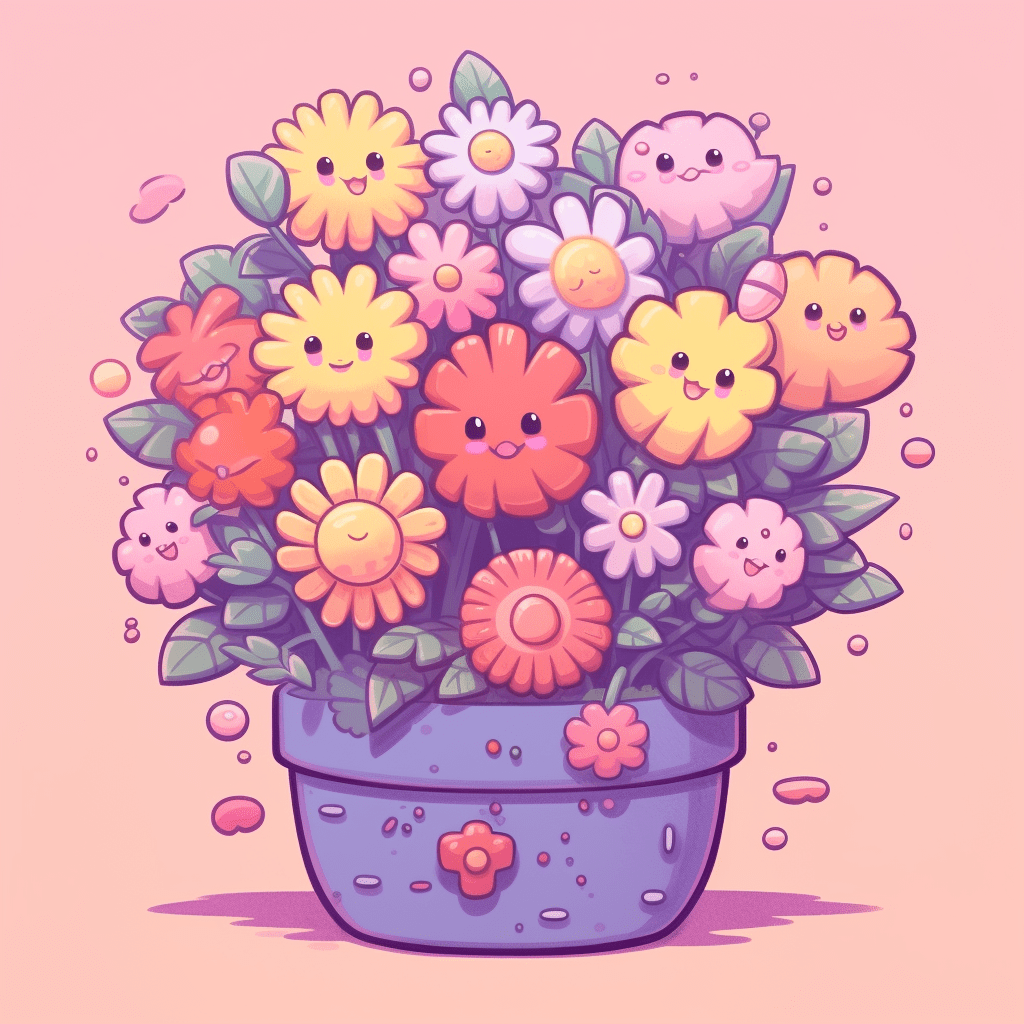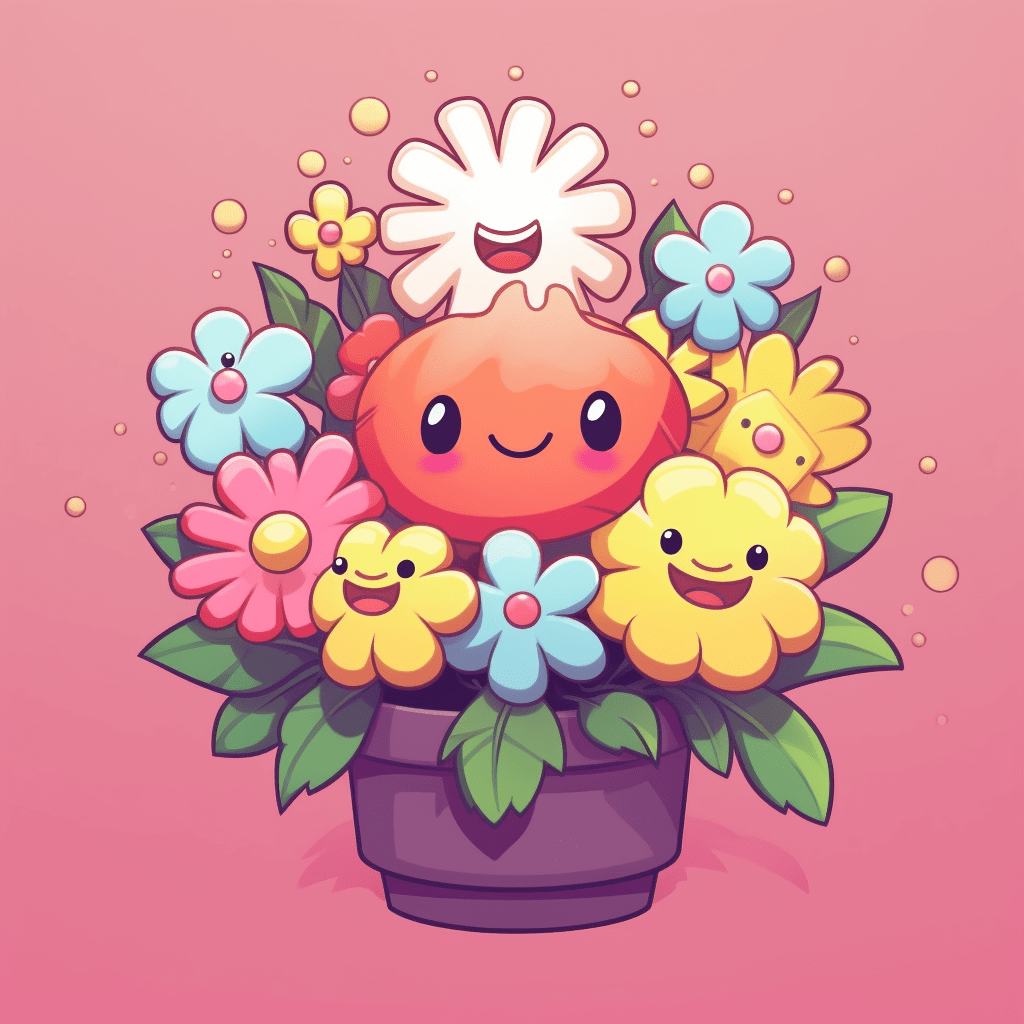
As non-fungible tokens (NFTs) continue to gain traction in the digital asset world, artists, collectors, and investors alike are keen to understand the primary factors that determine their value. When asking, “does it cost money to make an NFT?”, it’s essential to take into account other elements that influence NFT pricing, with scarcity being one of the key determinants. In this article, we will explore the relationship between NFT price and scarcity, as well as how creators can leverage this dynamic to their advantage.
Scarcity and Its Effects on NFT Valuation
Scarcity in the NFT market refers to the rarity or limited availability of a specific digital asset. This particular quality establishes the asset’s value to potential buyers, affecting NFT price in several ways:
- Limited supply: When there is a fixed or limited supply of an NFT, potential buyers and collectors may be prepared to pay a premium, as acquiring a scarce item confers a sense of exclusivity and pride of ownership.
- Demand dynamics: As with any market, the balance of supply and demand influences pricing. When there are only a few copies of a digital asset, and demand exceeds supply, prices for that NFT are likely to rise. Conversely, if there are abundant copies, the NFT will be less valuable.
- Perceived long-term value: Collectors and investors may perceive NFTs with a limited supply as having a greater long-term value due to their rarity, making them more attractive as an investment or collection piece.
Examples of Scarcity in the NFT Market
Several prominent examples in the NFT market highlight the role of scarcity in shaping prices:
- CryptoPunks: As one of the very first NFT projects on the Ethereum blockchain, CryptoPunks initially only had a limited supply of 10,000 unique digital characters. This scarcity and their status as NFT pioneers have resulted in some CryptoPunks selling for millions of dollars.
- Bored Ape Yacht Club (BAYC): The BAYC NFT project comprises 10,000 unique, hand-drawn apes, each with its distinct combination of features. Alongside their rarity, these apes provide access to special events and web3 experiences, making them highly desirable and valuable.
- Art Blocks Curated: Art Blocks Curated is a collection of generative art pieces, where algorithms create unique works of art. These NFTs have a predetermined cap on the number of editions created, adding scarcity to these algorithmically generated digital artworks.
Strategies for Creating Scarcity in NFT Collections

Artists and creators who wish to leverage the impact of scarcity should consider the following strategies when launching their NFT collections:
- Cap the number of editions: Limit the number of copies or editions of a digital artwork, creating an artificial scarcity to boost the perceived value of the NFTs.
- Mint unique attributes: Design NFTs with varying degrees of rarity in terms of attributes, traits, or features, making them more appealing by reflecting different levels of scarcity.
- Integrate utility: Offer additional utility or benefits tied to the ownership of scarce NFTs, such as access to exclusive content, events, or even physical merchandise.
Understanding the Implications of Scarcity in the NFT Market
As the world of non-fungible tokens continues to unfold, the relationship between NFT price and scarcity remains integral to understanding the market dynamics. While considering the question, “does it cost money to make an NFT?” creators, collectors, and investors must also evaluate the importance of scarcity when determining the value and potential returns of digital assets within this ever-evolving landscape.
Navigating the Intricacies of NFT Scarcity
In the rapidly expanding NFT market, understanding the intricate relationship between price and scarcity is crucial for creators and collectors alike. As you weigh the costs and benefits of entering the world of non-fungible tokens, consider the impact of scarcity on the value of digital assets and how strategic decisions can influence success in this dynamic space.
Leveraging Scarcity for Success in the NFT Ecosystem

By recognizing the vital role of scarcity in the NFT market, artists, creators, and investors can make informed decisions that maximize the value of their digital assets while navigating the ever-changing landscape with confidence.
